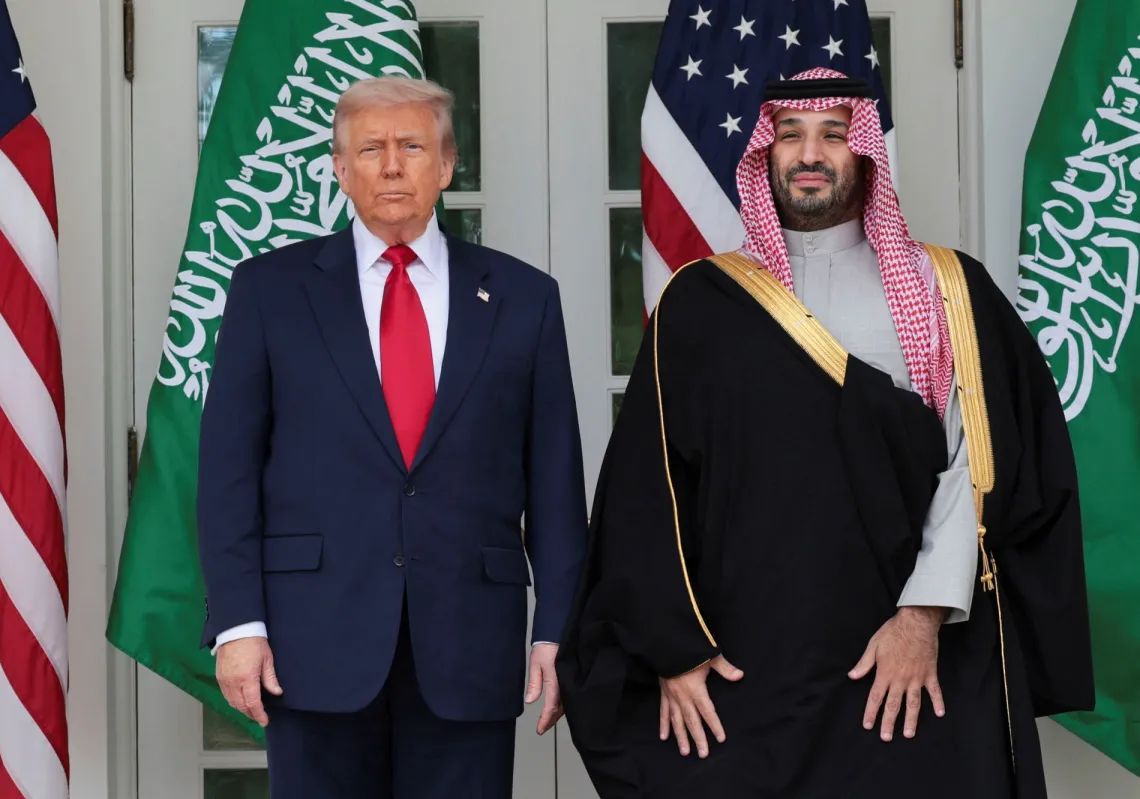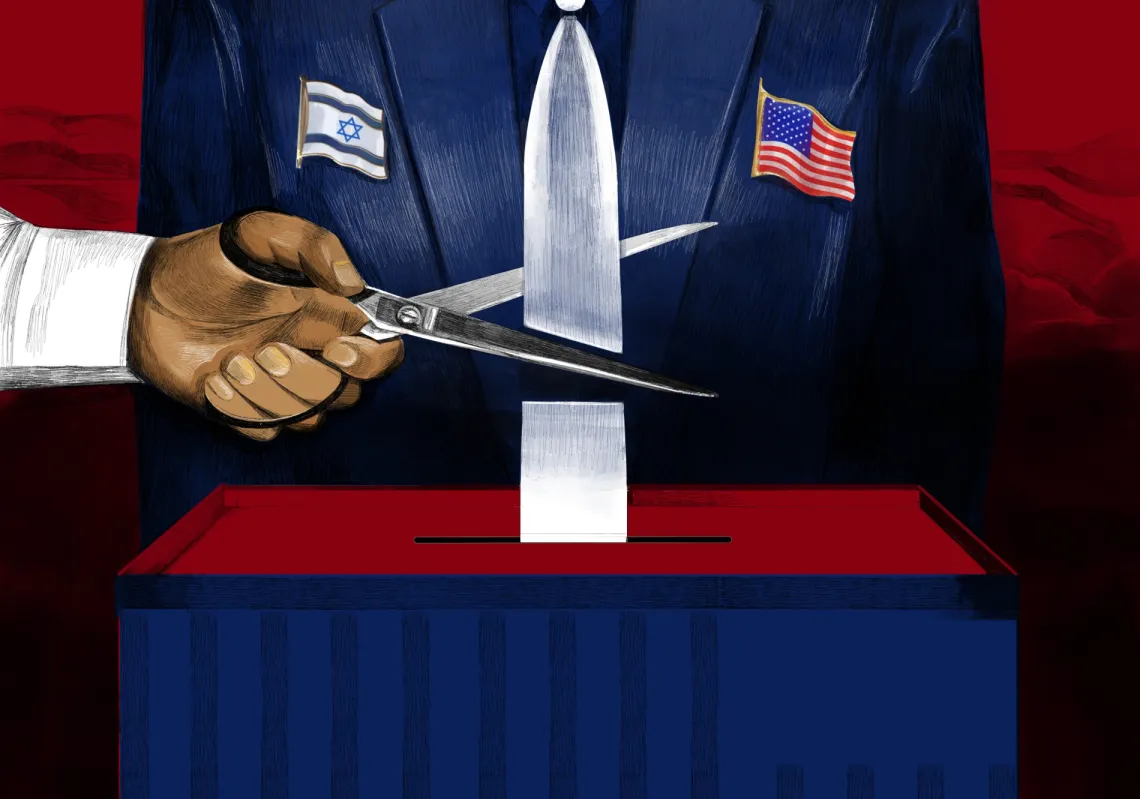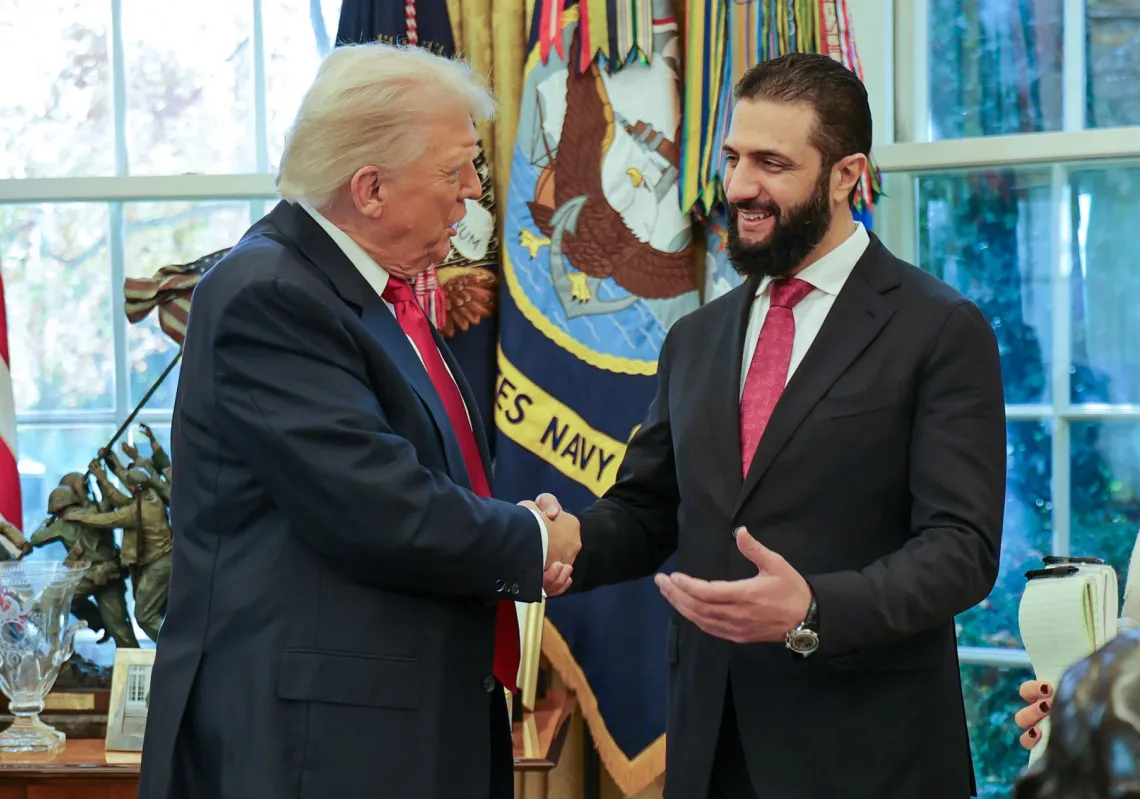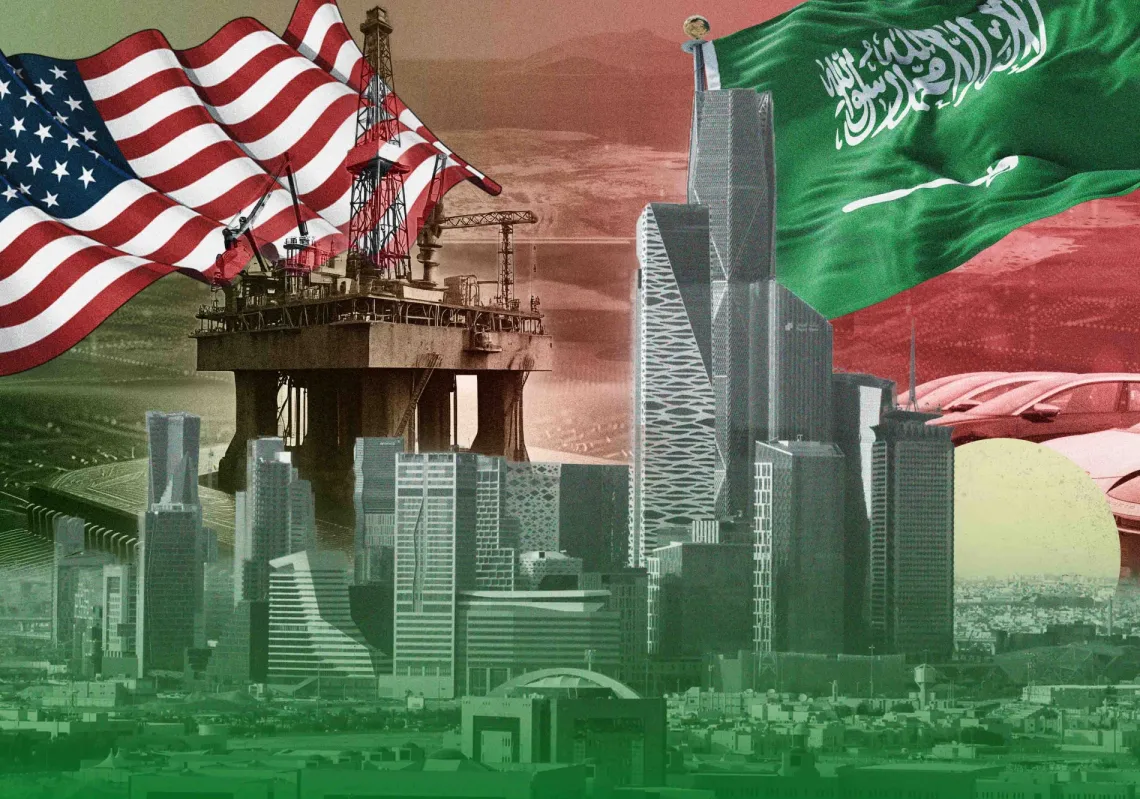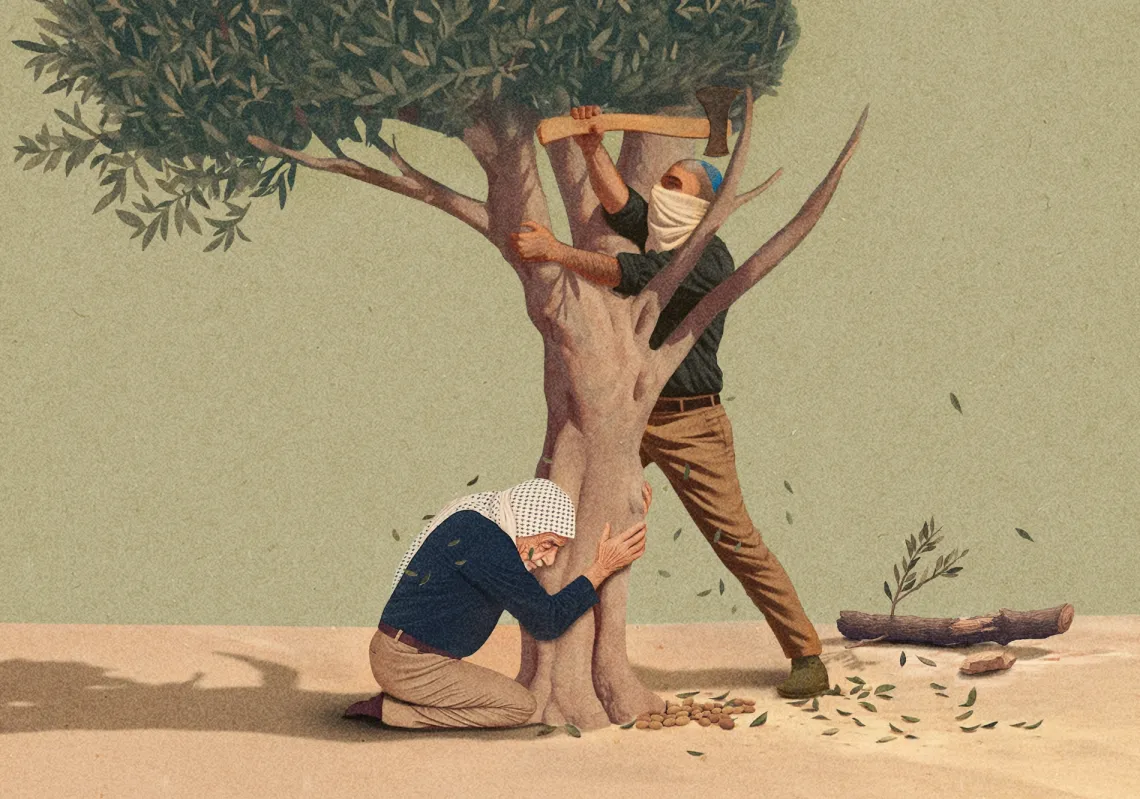Russia-China military cooperation continues to deepen. On August 9th the two sides kicked off five-day-long joint military exercises in China’s Ningxia Hui Autonomous Region. The exercise includes over 10,000 troops as well as about 200 aircraft, more than 200 tanks and armored vehicles, and over 100 artillery guns from both sides. This includes some of the most advanced Chinese hardware: the J-20 stealth fighter jet, the KJ-500 early-warning plane and the PCL-181 self-propelled howitzer. This is the first time Russian military personnel get to operate armored assault vehicles, infantry fighting vehicles (IFVs) and other main battle equipment provided by China on a large scale in the drill. According to China Military Online, the Chinese side set up a teaching group to help the Russian troops master the equipment as quickly as possible, made Russian-language instruction videos and manuals, “and used driving simulators, shooting simulators, and simulated radio stations to help Russian troops familiarize themselves with the operation of equipment and enter the combat state as soon as possible”.
This is the fourth consecutive joint operation held by the Chinese and Russian militaries since the Vostok (East) 2018, Tsentr (Center) 2019 and Kavkaz (Caucasus) 2020 exercises, which were held in different parts of Russia. This exercise is said to be quite unique compared to the previous ones and show as deepened level of trust and cooperation as it “features unprecedented level of cooperation and integration as officers from both sides are using unified commanding platforms while soldiers are mixed in the same groups in tactical operations”. In the "Caucasus-2020" strategic exercise organized by the Russian army in 2020, the Chinese participants used the Russian main battleground equipment for the first time and were mixed with the Russian army to perform joint exercises.
The two sides explained that the exercise, titled “Zapad/Interaction-2021” is meant to test the two sides’ readiness to combat terrorism and maintain regional stability in Central Asia. This, of course, comes parallel to U.S. withdrawal of troops from Afghanistan and amid reports that Taliban fighters have captured at least six provincial capitals in the span of a week. In July Russia also held separate military drills in Tajikistan. Moscow is closely watching the Taliban offensive and is concerned about the security of countries in ex-Soviet Central Asia where it maintains military bases.

Russia-China military cooperation has significantly evolved since Russia’s annexation of Crimea. As Moscow and Beijing both found themselves in an increasingly adversarial position with the west, they began to deepen their ties. On the surface it appears that Moscow and Beijing are in complete alignment, especially militarily. They have even managed to work together in spaces where their strategic interests compete or even clash. But Central Asia is one of those peculiar places that perfectly explain just how complex and uneven the relationship really is. Although China has a 2,000 year-long past of conflict and hegemony over Central Asia, since the fall of the USSR Beijing has used multilateral institutions, like the Shanghai Cooperation Organization (SCO) to reengage with the region but include Russia in the process. The Central Asian states too, have felt more comfortable including Russia in their dealings with China. But overtime SCO ended up significantly undercutting Russia’s economic dominance in Central Asia. As FPRI’s Niva Yao explains, “multilateral bodies, such as the Shanghai Cooperation Organization (SCO), which includes China, Russia, India, Pakistan, and the Central Asian states, have become spaces for competition between China and Russia. The Belt and Road Initiative has led to intensified Chinese engagement with Central Asia, which has alarmed leaders in Moscow, who see their sphere of control shrinking. Through the SCO, China is writing the rules of the game that will define future development in areas such as logistics and technology.”
As Yao sees it, “The Belt and Road Initiative is strengthening China’s international rule-making ability in many parts of Central Asia’s economy. While Vladimir Putin is still able to negotiate over Central Asian trade logistics through the SCO, Russian technology companies are already losing to their Chinese competitors. Central Asian governments appear to have little concern about reliance on Chinese tech. By combining technology products, Chinese companies have crafted a system in the domestic Chinese market that is much larger in scale, capacity, and applicability than Russian technology systems. Consequently, when it comes to technology exports, Russia has nothing comparable to offer.” Yet, so far, the two sides have managed to play nice and avoid conflict amid competition. This is largely because Moscow and Beijing realize they must work together to push back against American dominance. At the moment Russia and China find more reasons to cooperate than to aggressively compete as they both face Western sanctions regimes, trade tariffs, pressures in the Black Sea, the South China Sea, and continue to cooperate in their efforts to prioritize de-dollarization. The fact that “Zapad/Interaction-2021” is the fourth consecutive joint military operation between Russia and China, and each new drill comes with greater demonstration of trust and cooperation, should be seen as a major warning for the United States – Russia-China ties are only deepening with time and it’s an alliance that’s here to stay.
Maia Otarashvili is a Research Fellow and Deputy Director of the Eurasia Program. Maia also serves as the Deputy Director of Research at FPRI. Her research interests include geopolitics and security of the Black Sea-Caucasus region, Russian foreign policy, and the post-Soviet “frozen” conflicts.
Read more:
Russian Attempts at Primacy in the Near Abroad






